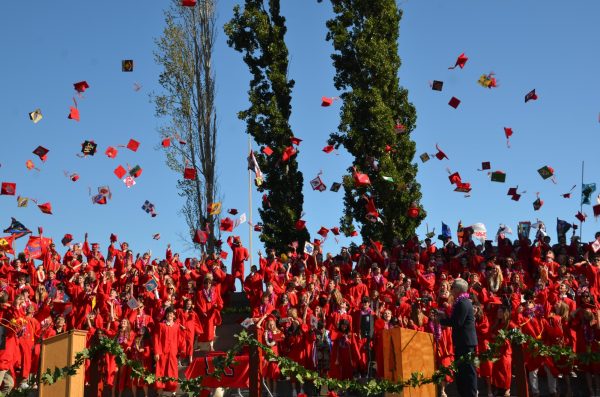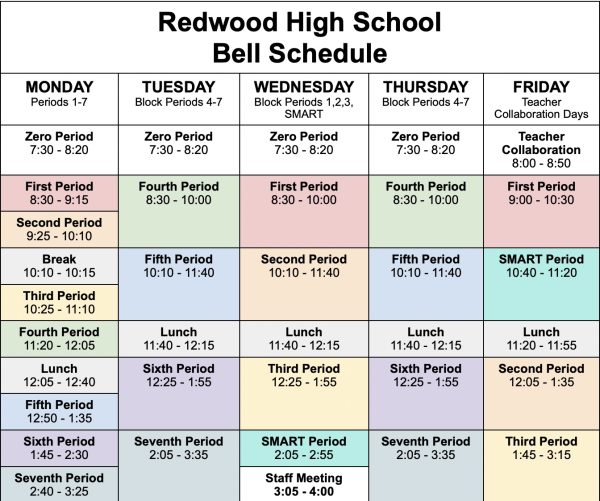Marin County ups the ante with new irrigation restrictions
September 10, 2021
As a stark indication of California’s growing water crisis, Marin County released water usage guidelines that came into effect on May 1, 2021. On July 7, the Marin Water board of directors adopted further restrictions on irrigation in response to the reservoir levels that have hit historic lows as the drought conditions worsen in California. The restrictions include a drip irrigation limitation for any two days per week and a designated watering day for plants specific in each community.
The new water irrigation limitations have mainly impacted sustainable agriculture. Napa Valley is home to some of the most popular vineyards for tourists across the world and the growth of these vineyards has been greatly affected by the lack of rainfall. According to The Napa Valley Register, Napa Valley has experienced between 60-70 percent less rainfall this year than the average rain season. As a result, there could be consequential implications for Napa Valley’s wine business and tourism economies. Like Napa, Marin County has also experienced less rainfall. So far, 2021 has been the driest year in the last 127 years according to the National Integrated Drought Information System. Larry Russel, Vice President of the Marin Water board, oversees the county’s water usage to make sure sustainable practices are in place.
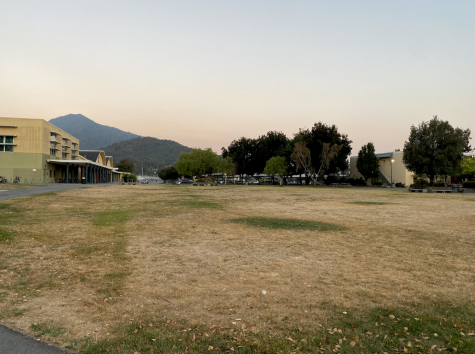
“In West Marin, we have authorized the availability of our untreated water in limited amounts to the farmers and dairy folks,” Russel said. “There’s also [agricultural] usage for people’s gardens and orchards, [where] folks have a larger lot.”
The drought has had a significant effect on the sustainable agriculture course at Redwood as well. Sustainable agriculture teacher, Joe Stewart, has witnessed how the drought has influenced the growth of the farm at Redwood. ![]()
“Over the summer, it was [challenging] because usually, I’ll have the water to support our summer growth or summer plantings,” Stewart said. “We had a lot less growth over the summer than usual. We came back to campus with our soil much more dry and with a lot less plant life than I would have in a typical year because of how little water was being used on the farm.”
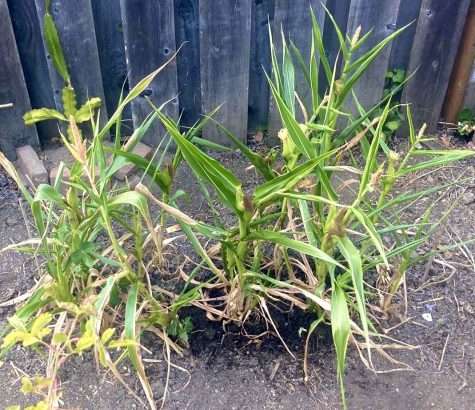
There are many ways to mitigate the loss of crops and vegetation in gardens and farms, while maintaining sustainable agriculture and saving water. Junior Holden Hitchcock has felt the consequences of the irrigation limitation since he can’t water his plants on a regular basis. However, he has found creative techniques to save his garden.
“Instead of using water from [the] tap, we’ve been trying to reuse water mainly via showers. It’s definitely instigated a motivation to look into rainwater catchment systems, because when water gets really expensive, or when it gets shut off, you kind of wish you had your own storage,” Hitchcock said.
Hitchcock also suggests removing lawns and adding vegetation that doesn’t require as much water to adapt to the irrigation limitation.
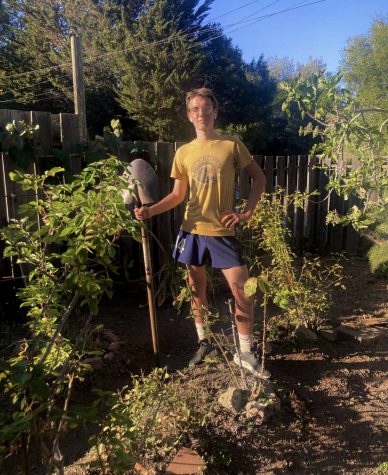
While individuals continue to garden during the drought, it’s essential to understand the different tactics needed to preserve water efficiently. One skill that Stewart has found useful to help save water is a drip irrigation system. Drip irrigation can help save water and nutrients by allowing water to slowly drip to the roots of plants.
Dry cropping is another method to help minimize water usage. This technique works to conserve soil moisture during long dry periods primarily through a system of tillage, surface protection and the use of drought-resistant plant varieties. Dry cropping can have a beneficial result on farms and gardens during the drought since people don’t have to water plants as often. Individuals can garden thoughtfully by planting vegetation that doesn’t require a significant amount of water or installing an irrigation system that is environmentally productive.
“As we have less water available right now, we have to be sustainable and thoughtful about what those next steps are [to grow for the future]. That way, next season and next year, we can still do the growth that we need to sustain our population,” Stewart said.








